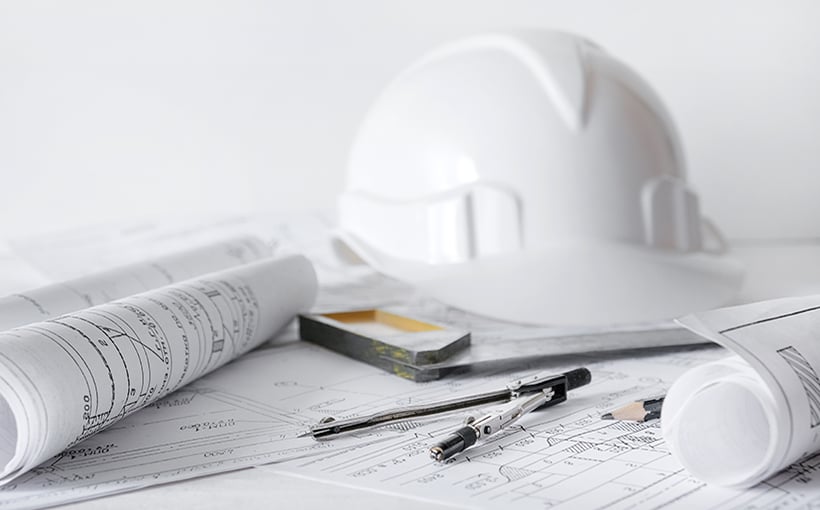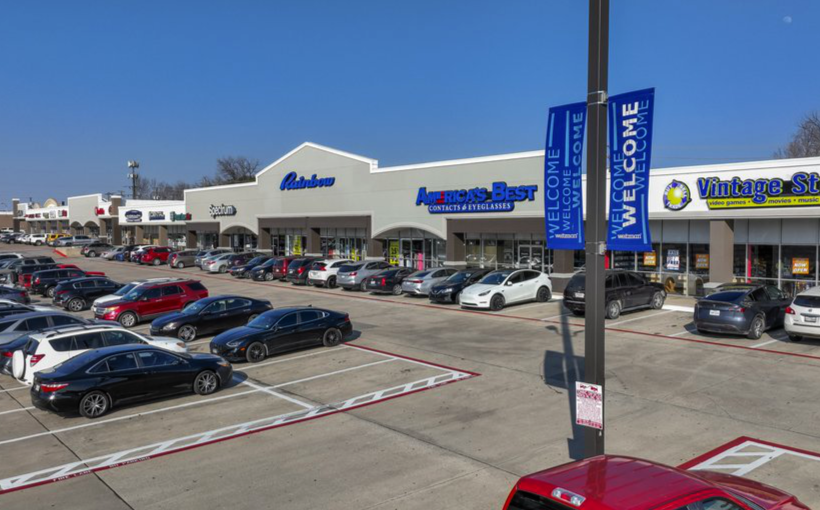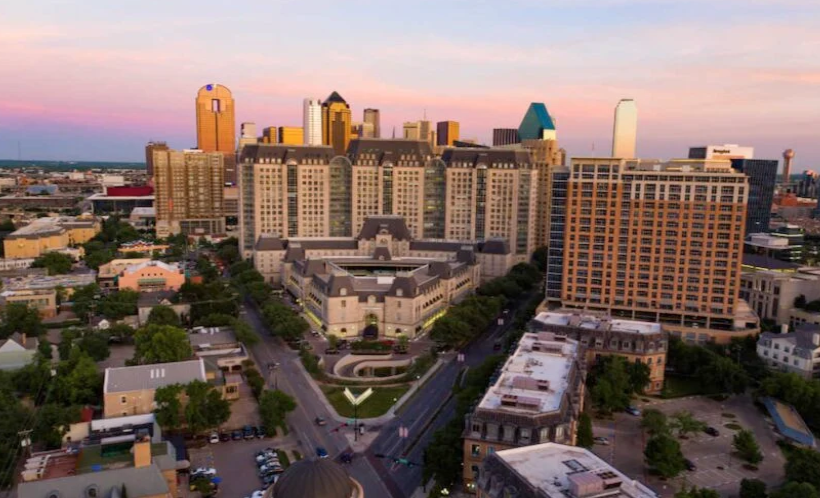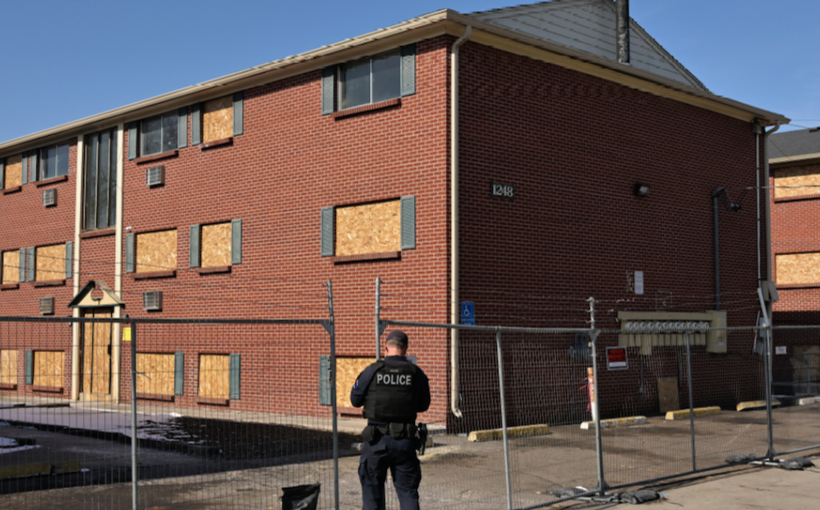### Everything to Know About Multifamily Retrofits
According to Cushman & Wakefield, retrofitting is “the process of making alterations to an existing property to improve its energy efficiency and reduce energy consumption.”
Retrofitting requires extensive planning, analysis, and research when considering multifamily improvements. As EcoSmart Solution’s CEO, Chris Gray, explains, “Retrofitting starts with stepping back, determining where energy consumption is going, and what’s feasible to implement.”
### Key Considerations for Retrofitting
Several factors must be assessed before implementing a retrofit, including:
– The building’s construction and age
– The existing energy envelope (insulation and windows)
– Utility costs and potential improvement trade-offs
“There are dozens of retrofit options,” Gray notes. “You want to look at the entire study, determine the highest benefit and return, then overlay it with your goals.” He explains that EcoSmart’s first step when working with a multifamily client is conducting an energy audit. “From there, we build energy models that help with solutions.”
These solutions can vary widely, from installing efficient lighting to replacing insulation, depending on the building’s specific needs and the owner’s goals. “You need guidance to identify opportunities, determine the best course of action, and access financial resources,” Gray advises.
### Financing the Retrofit
One primary goal of retrofitting is to reduce operating expenses by incorporating sustainable practices. However, these savings occur over time, while retrofits often require significant upfront costs. This may necessitate accessing equity through recapitalization or securing investment partners.
Debt financing is another option. “Traditional lenders aim to allocate funds to climate-related initiatives,” Gray says. “Agency lenders also offer green loans.” Additionally, Commercial Property Assessed Clean Energy (CPACE) financing provides a long-term, low-cost structure for financing energy efficiency projects in multifamily properties.
However, Gray cautions that securing retrofit financing requires effort and expertise. “You need someone who understands the process and can present a clear financial model to lenders,” he explains. “That improves the likelihood of securing a loan.”
### Benefits of Retrofitting
Beyond cost savings, retrofits offer several advantages that can enhance a property’s competitiveness. “If you have a 1960s property competing against a brand-new one, retrofitting can modernize the older building, make it more energy-efficient, and maintain affordability,” says Gray. “This can help sustain high occupancy rates.”
Retrofitting can also improve tenant comfort. “Upgraded systems make a property easier and cheaper to maintain while reducing operational complexity,” Gray explains. “This can significantly cut down on emergency calls for heat or water issues.”
Additionally, energy-efficient upgrades can make a property more attractive to investors. Demonstrating improved energy conservation and carbon footprint reduction can appeal to institutional buyers with green investment mandates. “Sustainability-focused investors are actively searching for such properties,” Gray notes.
### Best Practices for Retrofitting
Not all retrofits are the same, and strategies may vary significantly. Some involve replacing HVAC systems, while others may require opening walls to install insulation.
“While full-building rehabilitations often assume tenants must vacate, most projects can’t accommodate this,” Gray says. “Instead, planning retrofits in phases—such as working through vacant units—can make implementation smoother. Temporary tenant relocations within the building may also be necessary.”
Starting with simpler upgrades can be an effective strategy. “Focus on easy wins, like improving lighting or reducing water consumption,” Gray recommends. “As units become vacant, additional upgrades can be made more efficiently.”
Retrofits should also be planned based on a building’s age and maintenance patterns. “If repair calls are increasing and maintenance costs are rising, it’s time to consider replacements,” Gray advises.
Ultimately, retrofitting should not be regarded as a one-time effort. “It’s an ongoing process. Having an expert on your team who can guide you through retrofit strategies is essential,” Gray concludes.
*(Another version of this article appeared on ApartmentBuildings.com.)*
About the Publisher:
Steve Griffin is based in sunny Palm Harbor, Florida. He’s an accountant by profession and the owner of GRIFFIN Tax (www.griffintax.com) and REVVED Up Accounting (www.revvedupaccounting.com). In addition, Steve founded Madison Avenue Technology (www.madisonave.tech). With a strong passion for commercial real estate, he’s also dedicated to keeping you up to date with the latest industry news.




